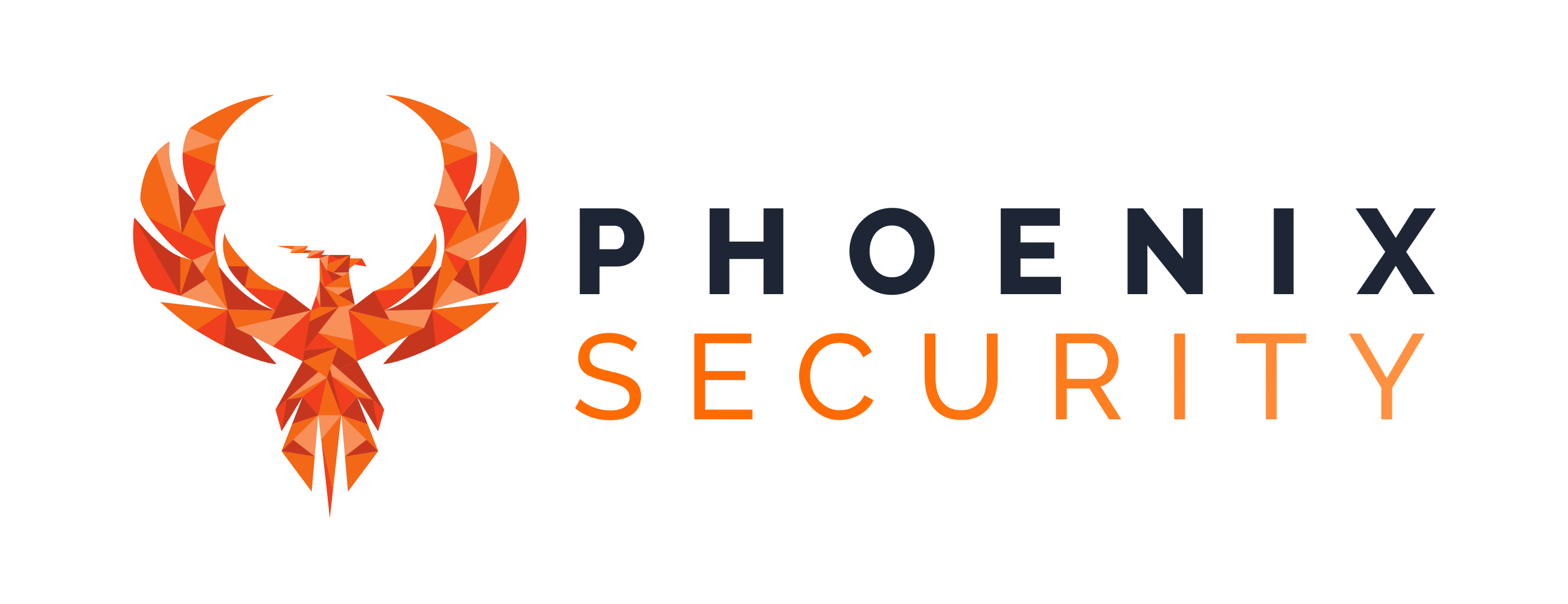We don’t need more tools. We need a new way of thinking.
Application Security Posture Management (ASPM) promises the world, but most teams crumble under tool sprawl, silos, and endless ticket queues. That’s why I built IronClad™ — a brutally simple, brutally effective operating model that fuses ASPM with decentralized ownership and ruthless clarity. This isn’t theory. It’s how security teams can actually win: small empowered squads, zero ambiguity, and mission-first remediation.
If you’re tired of drowning in dashboards and ready to rethink how your teams build, secure, and scale, this is the blueprint.
👉 Read how ASPM + IronClad™ flips the script on vulnerability management.
We don’t need more tools. We need a new way of thinking.
Application Security Posture Management (ASPM) promises the world, but most teams crumble under tool sprawl, silos, and endless ticket queues. That’s why I built IronClad™ — a brutally simple, brutally effective operating model that fuses ASPM with decentralized ownership and ruthless clarity. This isn’t theory. It’s how security teams can actually win: small empowered squads, zero ambiguity, and mission-first remediation.
If you’re tired of drowning in dashboards and ready to rethink how your teams build, secure, and scale, this is the blueprint.
👉 Read how ASPM + IronClad™ flips the script on vulnerability management.























































































